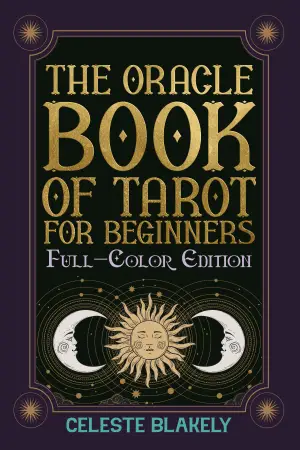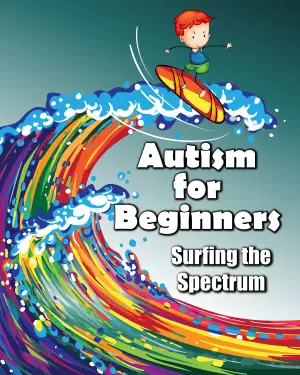Embracing Anger: A Personal Journey with the Anger Management Workbook for Kids
As a book lover and a dedicated aunt, I’m always on the lookout for resources that can help the children in my life navigate their feelings. That’s what drew me to “Anger Management Workbook for Kids: 50 Fun Activities to Help Children Stay Calm and Make Better Choices When They Feel Mad” by Lindsay Braman. With back-to-school season just around the corner, I felt this workbook could be a great companion for my niece, who sometimes finds herself overwhelmed by her emotions.
At first glance, the workbook’s vibrant cover and playful layout immediately appealed to me and my niece. It’s designed for kids aged 6 to 11, and the promise of 50 engaging activities caught my attention. What I found refreshing was how this workbook normalizes anger. Rather than stigmatizing it, Braman emphasizes that feeling angry is as natural as feeling happy or sad. It’s a theme I feel is essential in today’s fast-paced, emotionally charged world.
The workbook dives into what anger is, offering children’s relatable scenarios that help them recognize their feelings. Each section encourages them to explore various art and writing exercises, like creating a “Glitter Jar” or writing “Letters to Anger.” My niece particularly enjoyed discussing the exercises that involved identifying and naming emotions—at times, she would giggle as she illustrated her feelings. These moments not only lightened the conversation but also helped us bond while discussing something that usually feels heavy.
Braman’s writing style feels warm and accessible. Each activity is clearly explained, making it easy for both kids and the adults assisting them. As I flipped through the pages, the pacing felt just right; it allows children to engage without feeling bombarded. The feedback from parents highlighted the workbook’s effectiveness in sparking crucial conversations about emotional intelligence, which I can personally attest to. One of my favorite moments was when my niece exclaimed, “Anger smells like #2!” after an exercise about associating feelings with scents. Who knew anger could be so amusing?
While the workbook is packed with invaluable insights, it’s worth noting that, based on customer reviews, a few parents found some sections too intricate for younger readers. However, I believe that with supportive guidance, kids can certainly benefit from the workbook’s lessons.
In conclusion, the Anger Management Workbook for Kids isn’t just a manual; it’s a playful guide that can help children learn to express their emotions healthily. I wholeheartedly recommend it for parents, educators, and anyone who cares for children. It has the potential to foster meaningful conversations, strengthen relationships, and empower kids to be in control of their feelings. For me, it was a reminder that teaching emotional regulation can be both a profound and playful journey.
Whether you’re dealing with a feisty little one or simply want to enrich emotional dialogue at home, this workbook could be just the tool you need. Grab a copy, and you might just find yourself laughing and learning along the way!






